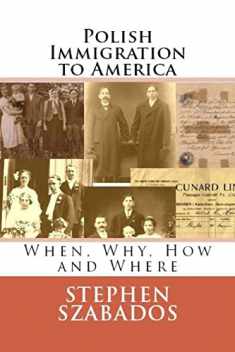
Polish Immigrants and Industrial Chicago: Workers on the South Side, 1880-1922
Book details
Summary
Description
How did working-class immigrants from Poland create new communities in Chicago during the industrial age? This book explores the lives of immigrants in two iconic South Side Polish neighborhoods—the Back of the Yards and South Chicago—and the stockyards and steel mills in which they made their living. Pacyga shows how Poles forged communities on the South Side in an attempt to preserve the customs of their homeland; how through the development of churches, the building of schools, the founding of street gangs, and the opening of saloons they tried to recreate the feel of an Eastern European village. Through such institutions, Poles also were able to preserve their folk beliefs and family customs. But in time, the economic hardships of industrialization forced Poles to reach out to their non-Polish neighbors. And this led, in large part, to the organization of labor unions in Chicago's steel and meatpacking industries.


We would LOVE it if you could help us and other readers by reviewing the book
Book review





